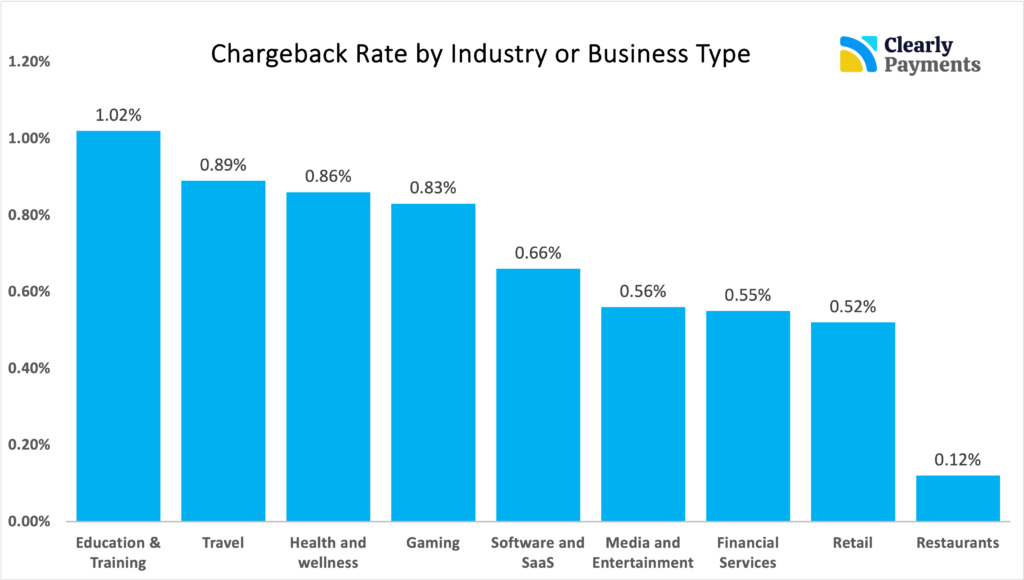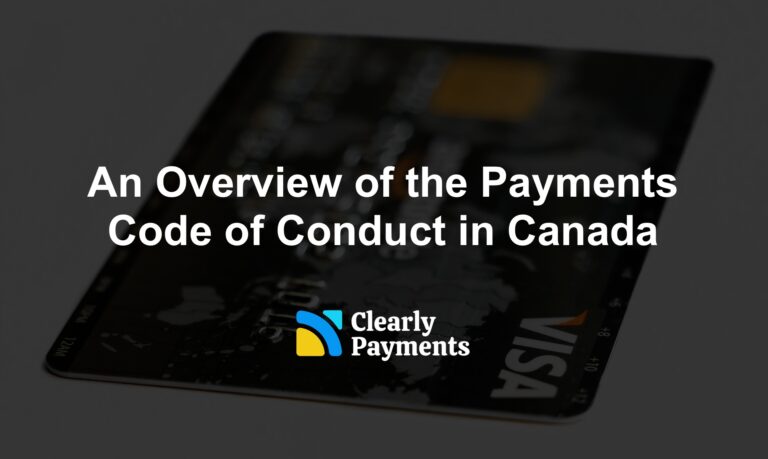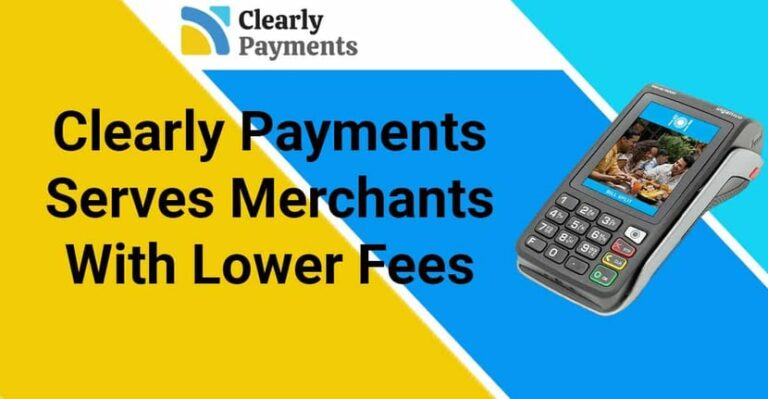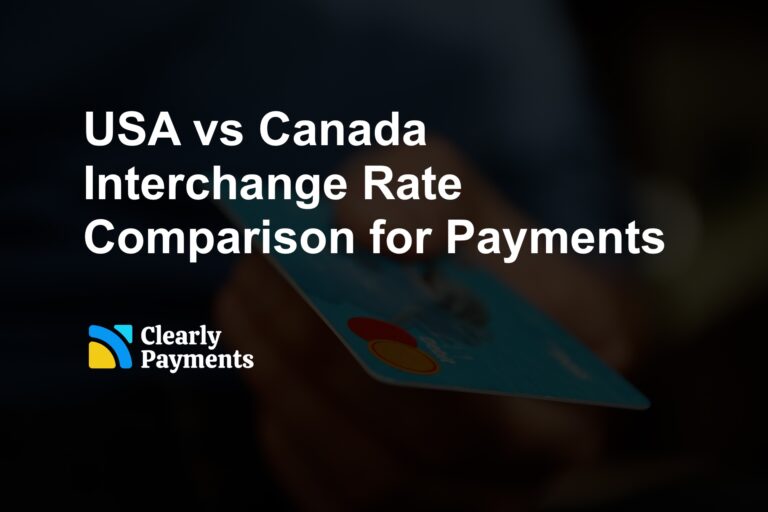The concept of chargebacks has become increasingly important for businesses across various industries. A chargeback occurs when a customer disputes a credit card transaction and requests a refund from their bank or credit card issuer. While chargebacks serve as a form of consumer protection against fraud or unauthorized transactions, they can have a profound impact on businesses, leading to financial losses, damaged reputations, and operational disruptions.
The chargeback rate, often regarded as a critical metric, measures the frequency at which chargebacks occur in relation to the total number of transactions processed by a business. It provides valuable insights into the effectiveness of a company’s risk management practices, customer satisfaction levels, and overall operational efficiency. By analyzing chargeback rates across different industries, we can gain a deeper understanding of the underlying dynamics, challenges, and opportunities specific to each sector.
This article gives an overview of chargebacks, exploring the variations in chargeback rates across industries and the factors that influence them. By examining the key industries such as retail, travel, eCommerce, and subscription services, we aim to shed light on the unique characteristics and pain points associated with chargebacks in these sectors. Whether you are a business owner or an industry professional, this article will equip you with valuable knowledge to navigate the landscape of chargebacks and develop effective strategies for mitigating their impact.
Through a comprehensive analysis of industry-specific chargeback rates, we will uncover the underlying reasons for disputes and transaction reversals, exploring the role of fraud, customer dissatisfaction, service quality, and transaction processing errors.
Why do chargebacks happen?
Chargebacks occur for a variety of reasons, and understanding these reasons is crucial for businesses to effectively manage and minimize their occurrence. You can also read a full article on chargeback statistics.
Here are some common factors that contribute to chargebacks:
Fraudulent transactions: One of the primary reasons for chargebacks is fraud. When a customer’s credit card information is stolen or used without authorization, they have the right to dispute the transaction and request a chargeback. Fraudulent activity can include identity theft, stolen credit card details, or unauthorized purchases.
Dissatisfaction with goods or services: Customers may initiate chargebacks if they are dissatisfied with the quality, condition, or performance of a product or service they purchased. This could result from receiving damaged goods, not receiving the expected service, or experiencing poor customer service.
Billing errors or confusion: Sometimes, chargebacks occur due to billing errors or discrepancies. Customers may dispute a charge if they believe they were overcharged, billed multiple times for the same transaction, or if they do not recognize a charge on their statement due to confusing merchant descriptors.
Non-receipt of goods: If customers do not receive the purchased goods or services within a reasonable timeframe, they may dispute the charge and request a chargeback. This commonly happens in e-commerce, where delivery issues or delays can lead to customer frustration.
Technical or processing errors: Errors during the transaction process, such as duplicate charges or incorrect amounts billed, can result in chargebacks. These errors may be accidental or the result of technical glitches, but they can lead to customer dissatisfaction and subsequent disputes.
Unauthorized transactions: In cases where a customer’s credit card is used without their knowledge or consent, they can initiate a chargeback to reclaim their funds. This can happen in situations of stolen cards or compromised account information.
Misrepresentation or false advertising: If a product or service does not match the description provided by the merchant, customers may dispute the charge and initiate a chargeback. This often occurs when customers feel they have been deceived or misled by false advertising claims.
It is important for businesses to proactively address these issues by implementing robust fraud prevention measures, ensuring clear communication with customers, delivering high-quality products and services, and providing responsive customer support.
Why industries have different chargeback rates
Several factors contribute to the variation in chargeback rates across different industries. Here are some key reasons:
Nature of the industry: Industries inherently differ in terms of the products or services they offer, the transaction volume they handle, and the customer demographics they serve. Certain industries, such as travel and subscription services, may have higher chargeback rates due to the intangible nature of their offerings or the potential for customer dissatisfaction with complex booking processes or recurring billing practices.
Customer expectations and purchase behaviour: Customer expectations can vary based on industry norms and prior experiences. Industries that rely heavily on online sales, such as eCommerce, may face higher chargeback rates due to factors like delivery delays, product quality discrepancies, or perceived misrepresentation of goods. Industries with higher-priced items, such as luxury goods or high-end electronics, may also experience higher chargeback rates as customers are more likely to dispute large transactions.
Fraud susceptibility: Certain industries are more susceptible to fraudulent activities, leading to increased chargeback rates. Industries that deal with high-value or easily resalable items, such as electronics, jewelry, or luxury goods, may be attractive targets for fraudsters. Additionally, industries with higher instances of card-not-present transactions, such as online retail or travel, face increased risks of fraud, which can contribute to higher chargeback rates.
Customer service and dispute resolution practices: The quality of customer service and dispute resolution practices implemented by businesses can influence chargeback rates. Industries that prioritize efficient customer support and quick dispute resolution, addressing customer concerns promptly and effectively, are likely to have lower chargeback rates. On the other hand, industries with poor customer service or inadequate response mechanisms may experience higher chargeback rates as dissatisfied customers seek reimbursement through chargebacks.
Industry regulations and compliance: Industries that operate under specific regulations or compliance requirements may have different chargeback rates due to the impact of those regulations on customer disputes. For example, industries such as financial services or healthcare may have stringent regulatory frameworks that influence chargeback procedures and requirements.
Understanding the industry-specific factors that contribute to chargeback rates is crucial for businesses to develop tailored strategies to mitigate risks, address customer concerns, and minimize the occurrence of chargebacks.
Chargeback statistics by industry
This section does a deep dive on the chargeback rates for different industries.
Chargeback rates are calculated by dividing the total number of chargebacks within a specific time period by the total number of transactions during the same period in a particular industry. The resulting figure is then multiplied by 100 to express the chargeback rate as a percentage. The formula for calculating chargeback rate is as follows:
Chargeback Rate = (Total Number of Chargebacks / Total Number of Transactions) * 100
For example, if we look at the chargeback rate in the software industry, shown below, a set of software merchants had 6,600 chargebacks out of 100,000 transactions in a given day. The chargeback rate was calculated as: Chargeback Rate = (6,600 / 100,000) * 100 = 0.66%

Some industries have higher chargeback rates due to the nature of the business. As an example, the travel industry, including airlines, hotels, and travel agencies, often experiences higher chargeback rates of 0.89%. This can be attributed to factors such as cancellations, trip disruptions, or dissatisfaction with accommodations. You can view the industry chargeback rates in table form below.
Chargeback Rate by Industry or Business Type
| Industry | Chargeback Rate |
|---|---|
| Education & Training | 1.02% |
| Travel | 0.89% |
| Health and wellness | 0.86% |
| Gaming | 0.83% |
| Software and SaaS | 0.66% |
| Media and Entertainment | 0.56% |
| Financial Services | 0.55% |
| Retail | 0.52% |
| Restaurants | 0.12% |
Please link to this page and refer to Clearly Payments if any data or content is used.
We attempt here to explain the reason, trends, challenges, and opportunities associated with chargebacks by each of the industries.
Education & Training: 1.02% Chargeback Rate
The education and training industry experiences a relatively high chargeback rate of 1.02%. This can be attributed to several factors, including the intangible nature of educational services, potential disagreements between students and institutions, and instances where students seek refunds for dissatisfaction with course content or delivery methods.
To reduce chargebacks in the education and training industry, institutions can focus on improving communication with students. Clear and timely communication about course expectations, delivery methods, and any changes can help manage student dissatisfaction and potential refund requests. Implementing transparent refund policies and clearly outlining the terms and conditions for refunds can also minimize disputes.
Travel: 0.89% Chargeback Rate
The travel industry, characterized by high-value transactions and complex booking processes, faces a chargeback rate of 0.89%. Customers may dispute charges due to reasons such as canceled flights, overbooked accommodations, or dissatisfaction with travel experiences. Additionally, the industry’s susceptibility to fraudulent activities further contributes to chargebacks.
The travel industry can implement several strategies to lower chargeback rates. Providing accurate and detailed information about travel services, including clear cancellation and refund policies, can help set realistic customer expectations and reduce disputes. Promptly addressing customer concerns or issues, such as flight cancellations or overbooked accommodations, can prevent chargebacks resulting from dissatisfaction. Implementing robust fraud prevention measures, such as strict authentication processes for online bookings and monitoring for suspicious activity, can also protect against fraudulent chargebacks.
Health and Wellness: 0.86% Chargeback Rate
With an average chargeback rate of 0.86%, the health and wellness industry must navigate customer expectations, product effectiveness, and service quality. Chargebacks may arise from customers disputing charges for dietary supplements, fitness programs, or wellness services that did not meet their expectations or deliver promised results.
To mitigate chargebacks in the health and wellness industry, businesses should focus on ensuring product effectiveness and service quality. Clear and transparent product descriptions, along with accurate claims about results and benefits, can help manage customer expectations and reduce disputes. Providing prompt and attentive customer support to address inquiries and concerns can also help prevent chargebacks. Implementing comprehensive quality control measures and stringent refund policies, including clearly defined eligibility criteria for refunds, can minimize disputes arising from dissatisfaction with dietary supplements, fitness programs, or wellness services.
Gaming: 0.83% Chargeback Rate
The gaming industry, encompassing online gaming platforms and in-app purchases, experiences a chargeback rate of 0.83%. Chargebacks in gaming often stem from unauthorized transactions, fraudulent activity, or disputes related to virtual goods or game performance.
The gaming industry can employ various strategies to reduce chargebacks. Implementing robust fraud prevention measures, such as two-factor authentication for in-app purchases and monitoring for suspicious transactions, can protect against unauthorized charges and fraudulent activity. Clear and transparent policies regarding virtual goods and in-game purchases, along with notifications and confirmations for transactions, can help prevent misunderstandings and disputes. Offering responsive and effective customer support, including dedicated channels for dispute resolutions, can also contribute to lower chargeback rates by addressing customer concerns promptly.
Software and SaaS: 0.66% Chargeback Rate
The software and Software-as-a-Service (SaaS) industry sees a chargeback rate of 0.66%. Chargebacks may occur due to issues like billing errors, unauthorized access to software licenses, or dissatisfaction with functionality.
To lower chargeback rates in the software and SaaS industry, businesses can focus on providing clear subscription terms and license agreements to customers. Transparent billing processes, accurate invoices, and efficient license management can help minimize chargebacks resulting from billing errors or unauthorized access to software licenses. Responsive customer support, including technical assistance and troubleshooting, can address functionality-related issues and reduce disputes. Offering trial periods or demo versions of the software can help customers make informed purchasing decisions, reducing the likelihood of chargebacks due to dissatisfaction.
Media and Entertainment: 0.56% Chargeback Rate
With a chargeback rate of 0.56%, the media and entertainment industry deals with disputes arising from subscription services, digital content purchases, or unauthorized access issues.
The media and entertainment industry can employ effective communication strategies to manage chargebacks. Clear communication about subscription terms, billing cycles, and content availability can minimize disputes arising from misunderstandings. Implementing secure authentication mechanisms, such as strong user authentication and encryption protocols, can prevent unauthorized access to digital content, reducing chargebacks. Responsive customer support, with channels for prompt issue resolution and content access assistance, can also contribute to lower chargeback rates.
Financial Services: 0.55% Chargeback Rate
The financial services industry faces a chargeback rate of 0.55%, primarily driven by fraudulent activities, unauthorized transactions, or disputes related to billing errors.
To mitigate chargebacks in the financial services industry, implementing advanced fraud detection tools and comprehensive transaction monitoring systems is crucial. These measures can help identify and prevent fraudulent activities and unauthorized transactions, reducing chargebacks resulting from such incidents. Strong authentication processes, such as multi-factor authentication for online transactions, can enhance security and minimize disputes. Regularly reviewing and updating billing processes, along with providing accurate and detailed invoices, can prevent chargebacks arising from billing errors.
Retail: 0.52% Chargeback Rate
The retail industry experiences a chargeback rate of 0.52%, which can be attributed to factors such as delivery issues, product quality disputes, or friendly fraud (when customers falsely claim a transaction as unauthorized).
The retail industry can focus on implementing robust inventory management systems to minimize chargebacks. Accurate inventory tracking and real-time updates on product availability can help prevent chargebacks resulting from delivery issues or customers receiving incorrect or damaged items. Efficient order fulfillment processes, including timely shipping and accurate order tracking, can enhance customer satisfaction and reduce disputes.
Restaurants: 0.12% Chargeback Rate
The restaurant industry has a significantly lower chargeback rate, averaging at 0.12%. Although chargebacks are relatively rare in this sector, they may occur due to reasons such as billing discrepancies, delivery issues, or disputes regarding service quality.
To maintain a minimal chargeback rate in the restaurant industry, businesses can adopt several strategies. Ensuring accurate order taking and meticulous attention to detail when preparing and delivering orders can minimize chargebacks resulting from billing discrepancies or delivery issues. Implementing efficient delivery services, including tracking options and timely delivery, can enhance customer satisfaction and reduce disputes. Providing attentive and responsive customer support, such as dedicated helplines or online chat services, can help address customer concerns promptly and prevent chargebacks. Clear communication about service expectations, menu options, and any special requirements can also contribute to a lower chargeback rate. Implementing secure payment processing systems, including EMV chip technology and contactless payments, can protect against fraudulent chargebacks and enhance overall transaction security.



